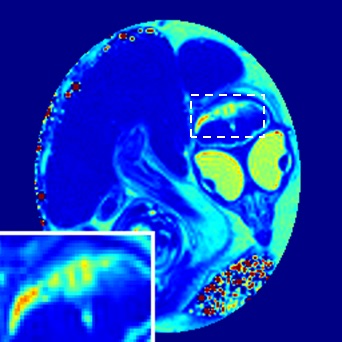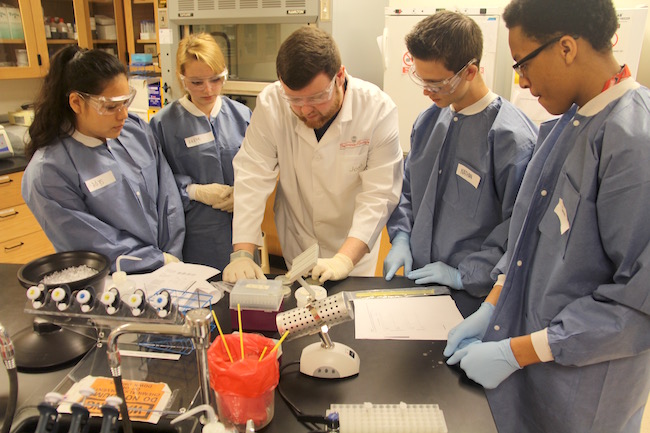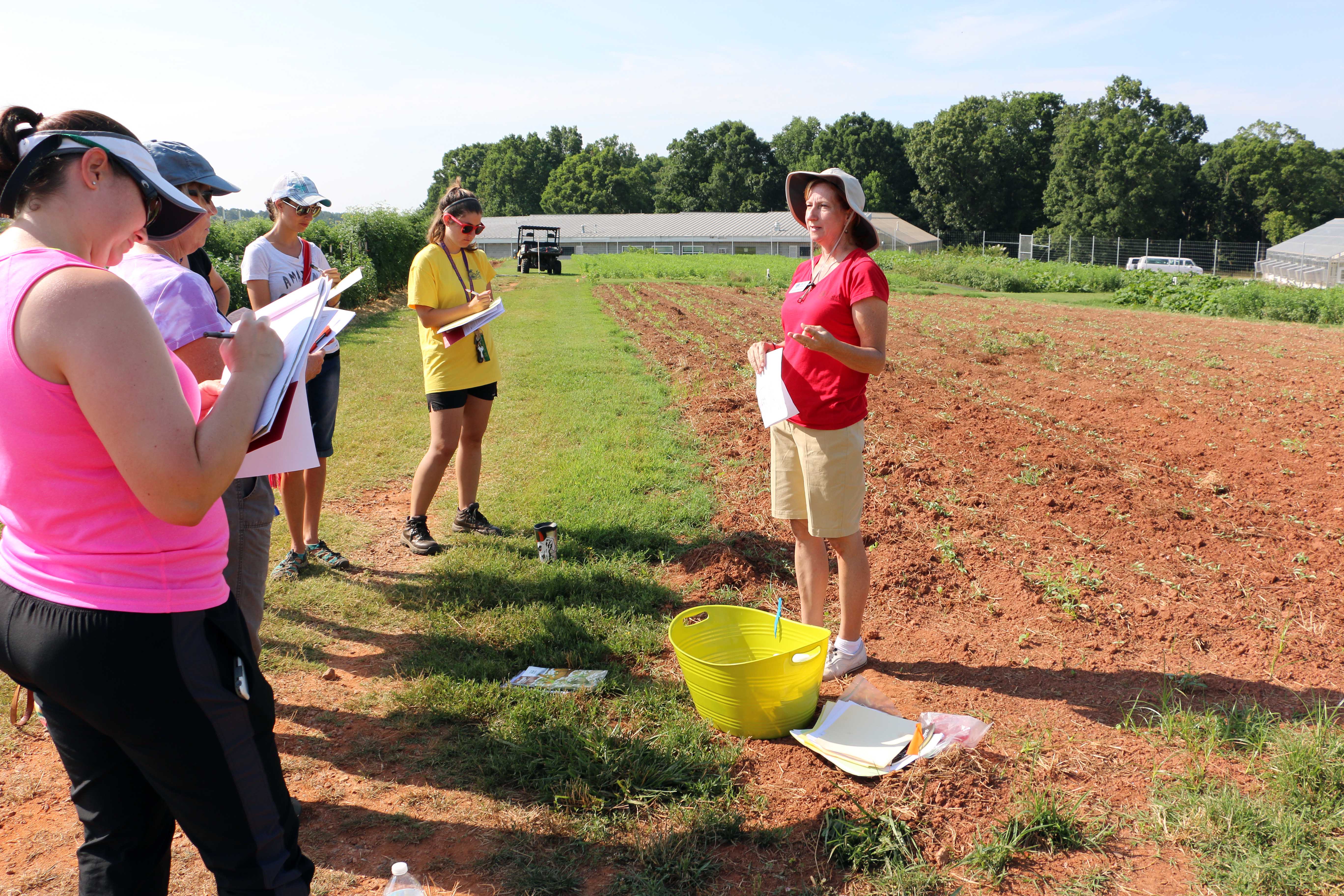Heading back to class means seeing friends, up close and personal. And that means sharing germs.
According to the Centers for Disease Control and Prevention and the medical community, proper handwashing is one of the best ways to prevent the spread of disease.
Proper handwashing is a six-step process according to the National Sanitation Foundation.
Follow these steps
Step 1: Wet your hands. Use warm, running water.
Step 2: Apply soap. Soap from a pump dispenser is ideal.
Step 3: Rub your hands together for at least 20 seconds. Friction helps to loosen germs from your skin so they can be washed away.
Step 4: Pay special attention to cleaning between your fingers and around your fingernails. These are areas where germs like to hide.
Step 5: Rinse your hands to send those germs down the drain.
Step 6: Dry your hands. Paper towels or hot air dryers are ideal.
Hands should be washed often to prevent the spread of germs. It is especially important to teach children to wash their hands after they cough, sneeze or blow their nose; after they go to the bathroom; before they touch food; after they come in from playing or being outside; after petting animals; and as soon as they get home from school.
Wash hands thoroughly when making school lunches
If pack your child’s lunch at home, be sure to wash your hands before preparing food. Handwashing is very important in preventing foodborne illnesses.
Hand sanitizers are a good option when soap and water are not available.
Most hand sanitizers readily available in stores contain alcohol as the antibacterial ingredient. To use the sanitizers properly, apply the sanitizer to the palm of one hand, rub the hands together making sure that all areas of the hands and fingers are covered and continue rubbing until the sanitizer dries. Be sure to treat hand sanitizers like medicines and keep them out of the reach of young children, and monitor their use.
Sanitizers don't replace handwashing
Hand sanitizers significantly reduce germs, but they shouldn’t be viewed as a substitute for handwashing.
Many children suffer from severe allergies to certain foods, like nuts, that may be found in classrooms. Hand sanitizers do not remove these allergens. Be sure to make the teacher aware if your child suffers from these conditions.
University of Georgia Cooperative Extension and Georgia 4-H urge you and your children to Wash Your Paws, Georgia! through a new handwashing education campaign. Make the six steps of proper handwashing your goal.






